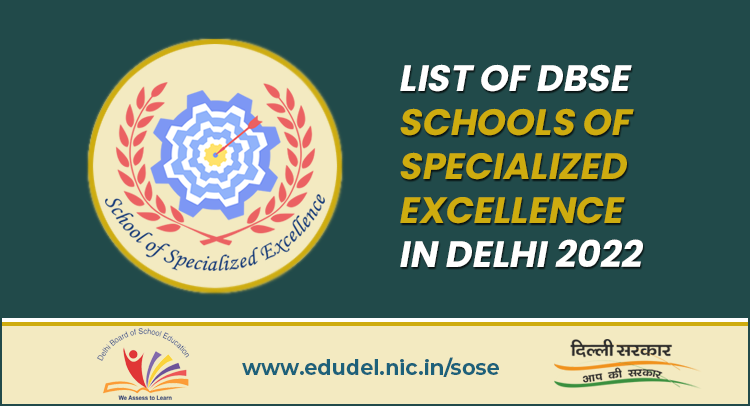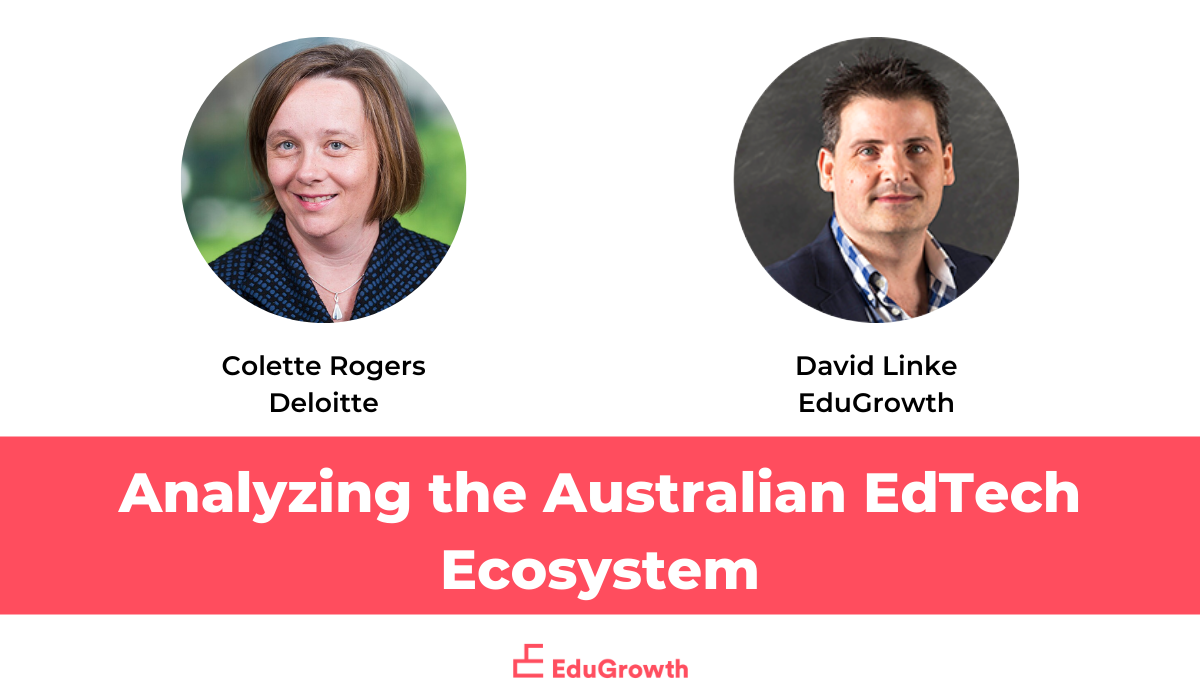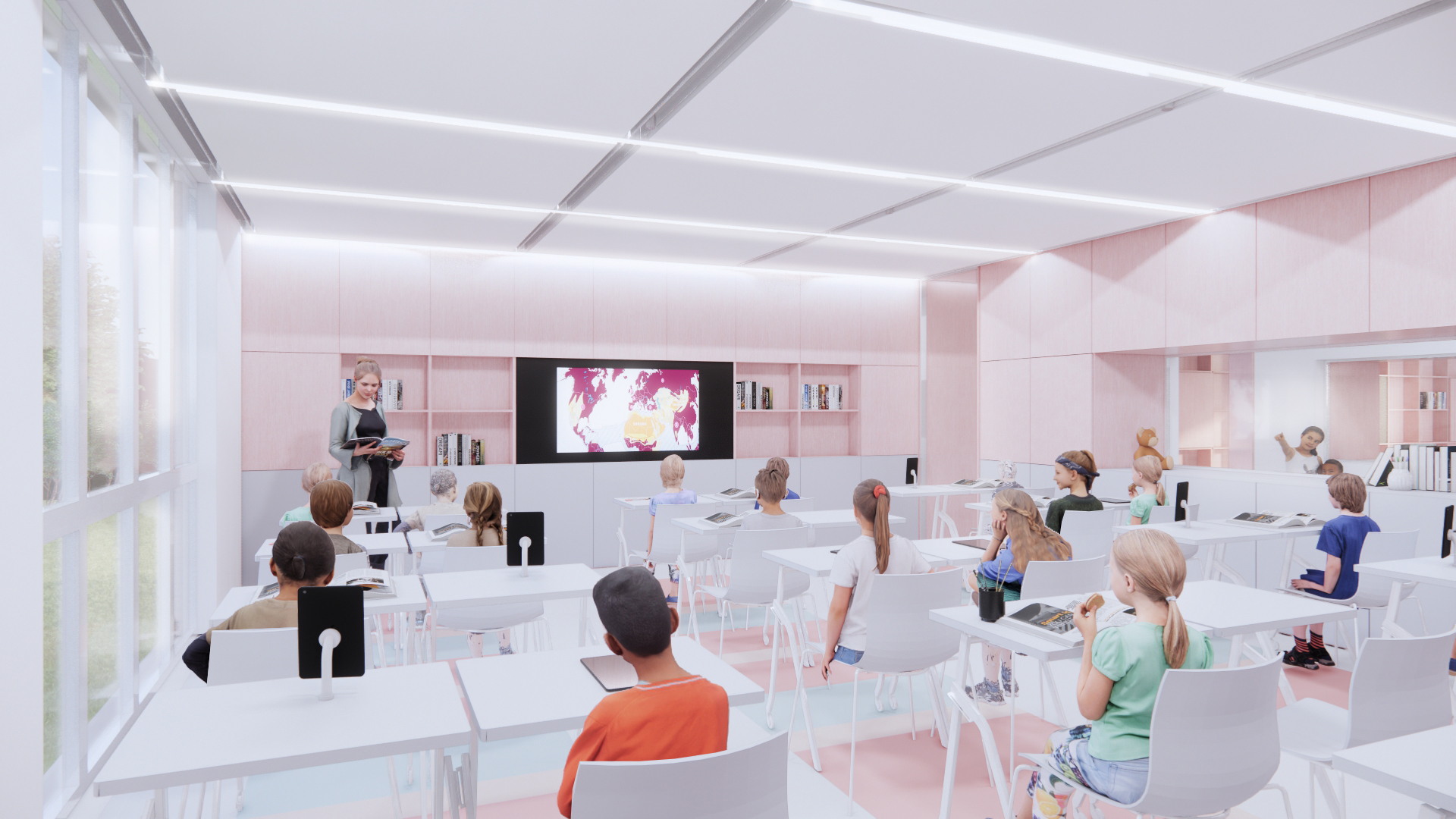
Exploring the Fusion of SOSE and STEM Education
Understanding the Fusion:
SOSE, or Studies of Society and Environment, and STEM, Science, Technology, Engineering, and Mathematics, are two critical domains in education. While traditionally taught as separate subjects, educators are increasingly recognizing the benefits of integrating SOSE and STEM to create a more holistic learning experience. This fusion combines the exploration of societal and environmental issues with hands-on, inquiry-based learning in STEM fields, fostering a deeper understanding of real-world challenges and inspiring innovative solutions.
The Power of Integration:
By integrating SOSE and STEM education, students gain a multifaceted perspective on complex issues facing society and the environment. Rather than studying these subjects in isolation, students explore connections between scientific concepts, historical events, cultural practices, and societal trends. This interdisciplinary approach encourages critical thinking, problem-solving, and creativity, preparing students to tackle the complex challenges of the 21st century.
Engaging Students Through Inquiry:
One of the key benefits of integrating SOSE and STEM is the emphasis on inquiry-based learning. Instead of passively receiving information, students actively investigate real-world problems, formulate hypotheses, and design experiments to test their ideas. This hands-on approach fosters curiosity, resilience, and a deeper understanding of the scientific process, empowering students to become lifelong learners and effective problem solvers.
Connecting Concepts Across Disciplines:
Integrating SOSE and STEM allows students to see the interconnectedness of different fields of study. For example, students studying environmental issues in SOSE may explore the scientific principles behind climate change, the technological innovations driving renewable energy solutions, and the societal impacts of environmental policies. This holistic approach encourages students to make connections between concepts learned in different subjects, promoting a more comprehensive understanding of complex issues.
Fostering Collaboration and Communication:
Another advantage of integrating SOSE and STEM is the opportunity to develop essential 21st-century skills such as collaboration and communication. Through collaborative projects and interdisciplinary activities, students learn to work effectively in teams, share ideas, and communicate their findings to a wider audience. These skills are invaluable in today’s globalized world, where complex problems often require interdisciplinary solutions and effective communication across diverse stakeholders.
Promoting Real-World Relevance:
Integrating SOSE and STEM education allows students to apply their learning to real-world contexts, making education more relevant and meaningful. By tackling authentic problems and exploring issues relevant to their communities, students develop a deeper sense of purpose and motivation for learning. Whether it’s designing sustainable solutions to environmental challenges, analyzing historical events through a scientific lens, or exploring the cultural implications of technological advancements, students see the direct impact of their learning on the world around them.
Empowering Student-Centered Learning:
Integrating SOSE and STEM empowers students to take ownership of their learning and pursue areas of interest that resonate with them personally. By providing opportunities for choice and autonomy, educators can cater to diverse learning styles and interests, fostering a sense of agency and empowerment among students. Whether it’s conducting independent research, designing their own experiments, or collaborating on passion projects, students are actively engaged in the learning process, driving their own inquiry and discovery.
Preparing Students for the Future:
In an increasingly complex and interconnected world, the integration of SOSE and STEM education is essential for preparing students for the challenges and opportunities of the future. By cultivating critical thinking, problem-solving, collaboration, and communication skills, this interdisciplinary approach equips students with the tools they need to thrive in an ever-changing society. Whether pursuing careers in science, technology, engineering, or social sciences, students emerge from integrated SOSE and STEM programs as informed, empowered, and engaged global citizens ready to make a positive impact on the world. Read more about sose stem


